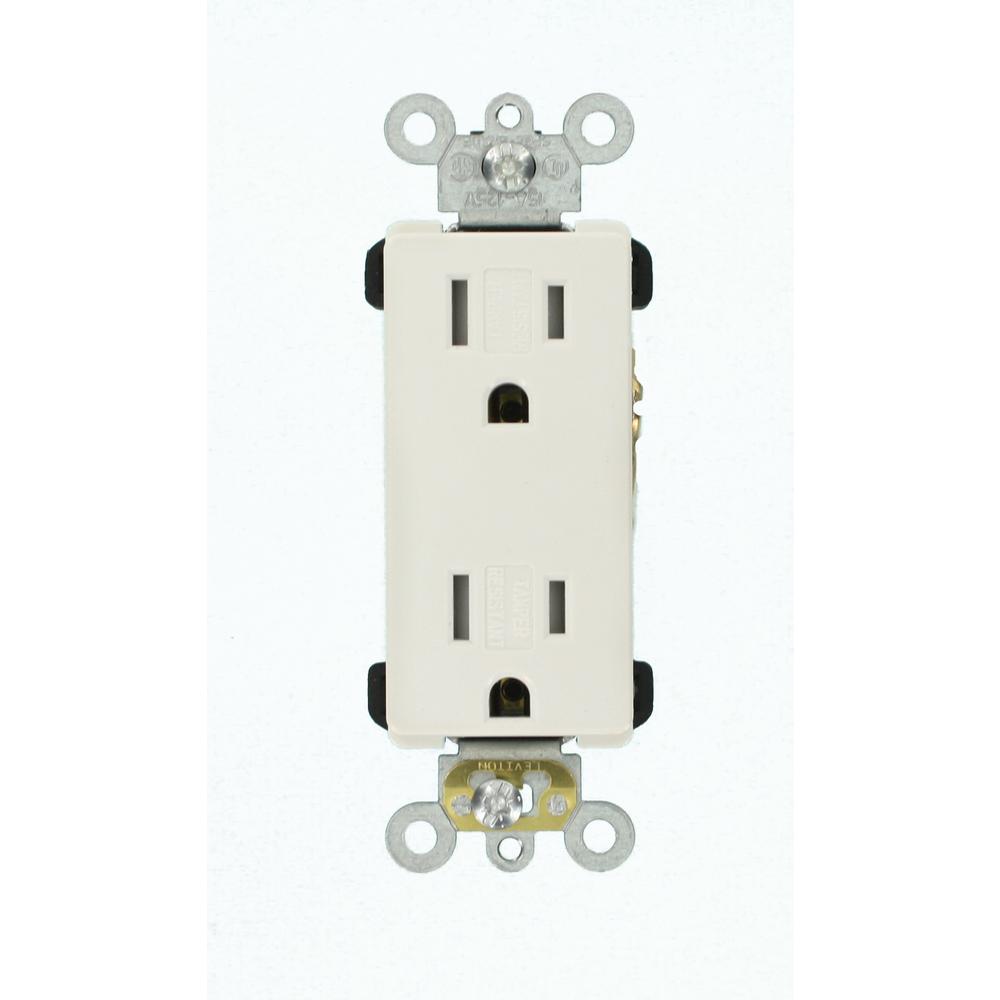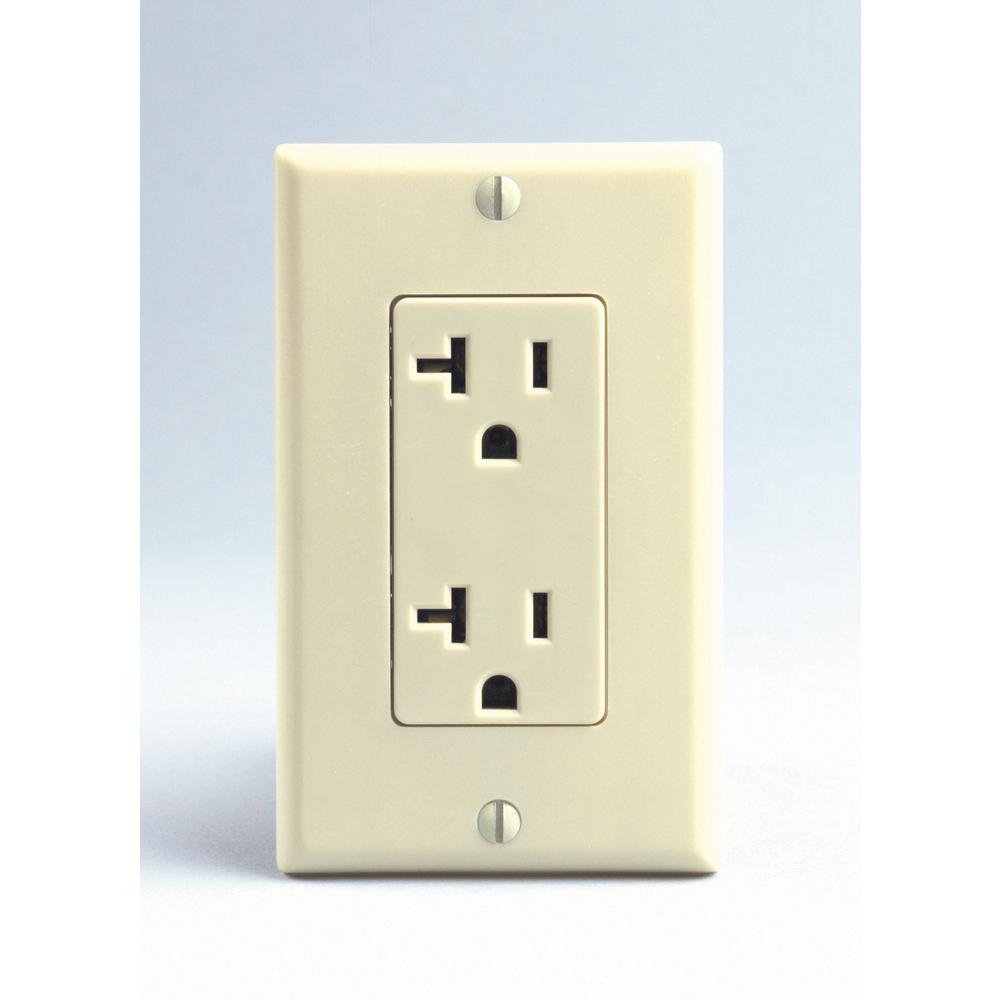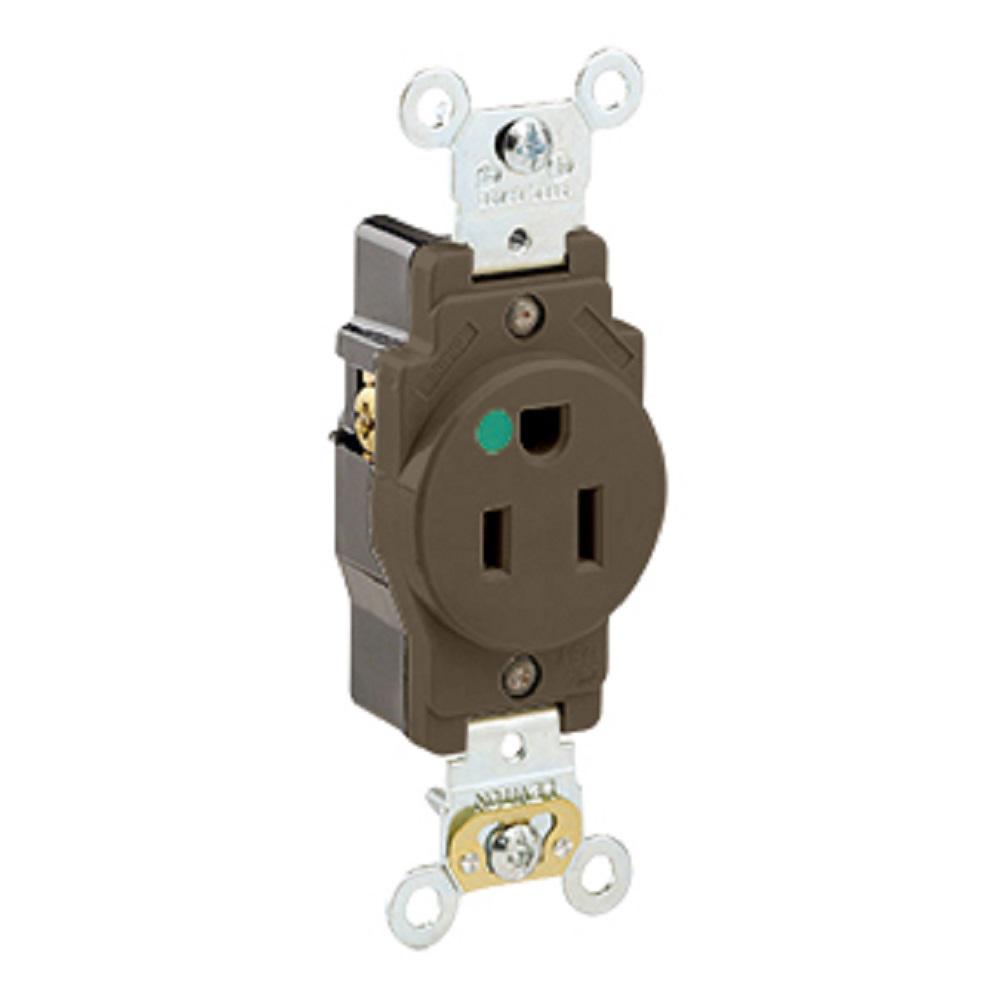
SELF GROUNDED OUTLET CODE
The key for the normal operation and testing of a GFCI is that a ground source must be present.Įlectrical Wiring Projects Electrical Code SearchĮlectrical Tips To Help You Wire it Right Be aware that testing to a facet or drain pipe will not work if the home plumbing is plastic or a non-metalic material that does not have a connection to earth ground. The same test may be accomplished using a grounded drain pipe. If the GFCI outlet is located in a bathroom or kitchen and the water facet is nearby, then use the same procedure as explained above, except use any grounded metal part of the facet as the ground source. Plug an extension cord into an outlet that does have a ground, bring the end of the extension cord to the GFCI outlet to be tested, and then connect one lead wire of the induction voltage tester into the ground of the extension cord, and the other lead wire of the tester into the small blade power prong of the GFCI outlet and this will trip the GFCI outlet. In this situation, one way to test the GFCI is to use an induction type voltage tester. What you are explaining is accurate and normal for a GFCI outlet that does not have a ground wire. This list of articles will help you learn about the features and benefits provided by GFI.I have provided the following resources that lead to fully detailed information on this website that will assist you with your electrical question: See More about Electric Wiring for GFCI Outlets This GFCI Outlet for example, is compatible with this project: This practice only provides GFCI protection against ground fault.

PLEASE NOTE: Installing an outlet using this procedure will not create or provide a ground path for three wire grounded devices.This method is legal and compliant with the electrical code.The GFCI will still protect the user against ground fault just the same.The GFCI outlet must be marked with a provided label that the outlet is not grounded.Yes, a GFCI Outlet can be installed even if a ground wire is not available in the existing electrical circuit.Installing a GFCI Outlet Where There is No Ground Wire Notice: Installing additional outlet circuit wiring should be done according to local and national electrical GFCI Codes with a permit and be inspected. Precaution: Identify the outlet circuit, turn it OFF and Tag it with a Note before wiring the GFI outlet. Tools Required: Basic Electricians Tool Pouch and a Voltage Tester.Įstimated Time: Depends on personal level experience, ability to work with tools and the number of GFI outlets that will be installed. Skill Level: Beginner to Intermediate – Best installed by a Licensed Electrician.
SELF GROUNDED OUTLET HOW TO
How to Install a GFCI Outlet Without a Ground Wire Thanks for your electrical question Donald. Is a GFI outlet able to be legal on a 2 wire system? If not how do I make it work?Īdditional Comments: I’m glad I found your site, I’ve learned a few things and refreshed on a few things.īackground: Donald, a Handyman from Lackawanna, New York.


I work in a lot of older homes with a 2 wire circuits. At least one of the insulating washers shall be removed from receptacles that do not have a contact yoke or device to ensure direct metal-to-metal contact.ĭirect metal-to-metal contact for providing continuity applies to cover-mounted receptacles if the box and cover combination are listed as providing satisfactory continuity between the box and the receptacle.Electrical Question: Can I install a GFCI outlet on a 2-wire circuit that does not have a ground wire? If a metal box is mounted on the surface, the direct metal-to-metal contact between the device yoke or strap to the box shall be permitted to provide the required effective ground fault current path. That would be for a receptacle in an FS style box. The insulating washer removal is not part of the requirement for the cover in post #3. That information is only partially correct. No bonding jumper is required for covers with: (1) Crushed corners (2) Two or more device attachment fasteners that are permanent with thread-locking, screws, or nut-locking means (3) Insulating retaining washer removed for at least one device attachment screw


 0 kommentar(er)
0 kommentar(er)
